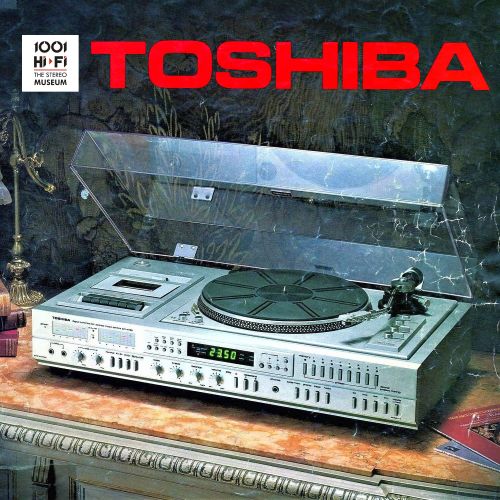Available since 1998, Pure Malt speakers have gained worldwide recognition as leading example of Pioneer's recycling efforts. In the "Resource Recycling Technology & System Awards" presented by the Clean Japan Center and supported by the METI (Ministry of Economy, Trade and Industry), the Pure Malt speaker series won the "Clean Japan Center Chairman's Award" in 2009. Pure Malt speakers were developed in collaboration with brewing and distilling company Suntory Holdings limited, which was seeking a way to recycle casks (made from virgin white oak) that were being used for fuels and other purposes after fulfilling their mission of aging whisky. Oak trees grow for 100 years before serving as whisky casks for another 50 to 70 years. After that the wood is recycled into speaker cabinets that produce warm, rich sounds for many more years.
The first loudspeaker of the Pure Malt series was the S-PM1000, introduced on September 17, 1998 and it was limited to 1,000 sets. The Pure Malt speakers are more than just eco-speakers made from white oak (one of the world's hardest woods, used for the original Santory barrels) they also feature a newly-designed silk soft dome tweeter and composite cone woofer. A set of matching electronics with Pure Malt design elements and limited to 500 units, were introduced in 1999. These were the A-D5A-PM amplifier (60W + 60W 8Ω, 20Hz-20kHz, 0.05%) and the PD-HL5-PM Hi-bit Legato Link CD player. The Pure Malt series continued in 2000 with the introduction of the S-PM2000 loudspeaker, in 2005 it was introduced the S-A4SPT-PM loudspeaker, in 2006 they were followed by the S-A4SPT-VP (TAD) loudspeaker the S-PM300 loudspeaker and the B-PM1000 rack. The last models were introduced in 2016, these are the S-PM50 and S-PM30 Vertical Twin loudspeakers.
 |
| S-PM1000 |
 |
| S-PM2000 |
 |
| S-PM300 |
 |
| S-PM50 |






































.jpg)















